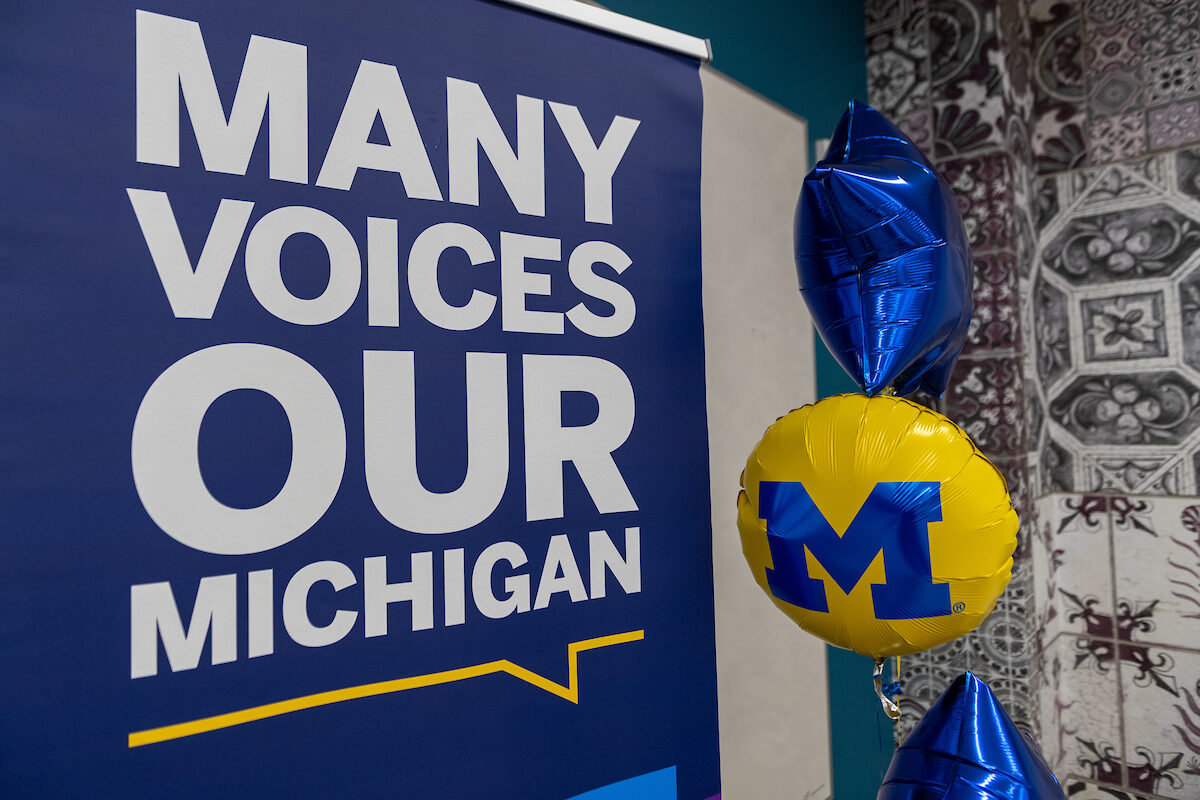At long last, the University of Michigan has released the full results of DEI 1.0, the five-year Diversity, Equity, and Inclusion strategic plan the administration operated from 2016 to 2021. In that span, the university grew its DEI bureaucracy to the largest in the country.
The exact number of administrators is unclear. A July 2021 report from the Heritage Foundation found that U-M employed 163 administrators dedicated exclusively to DEI efforts. More recent analysis has placed that number at 142, though the university has indicated it has sought to increase its 2021 number of diversicrats rather than decrease it.
To gauge the progress the university made during the DEI 1.0 bloat, it administered twin Campus Climate Surveys, one in 2016, when the program began, and another in 2021, when it ended. The comparison between the two surveys is revealing, and it allows us to judge the efficacy of its DEI 1.0 programs. Here is the good, the bad, and the ugly from DEI 1.0:
The Good
The most basic goal of DEI 1.0 was to make the student body more diverse, and the university had marginal success in that regard. Through such programs as Wolverine Pathways, which coaches children in Michigan schools, making them more likely to be admitted, the school brought in more students of minority backgrounds.
Black students’ share of the student population grew by almost 1 percent, Hispanic students had similar gains, and Middle Eastern students’ share grew by over 3 percent. It should be noted, however, that, while the percentage of Asian undergraduates fell slightly, the share of Asian graduate students rose significantly, resulting in a net increase of more than 2 percent in Asian enrollment.
Random racial statistics alone, of course, are nothing to celebrate. We should not judge a student body by its racial makeup, but by the content of its character. But the programs by which the university diversifies the student population generally appear to supplement the curricula of various abominable public school systems, finding qualified students who just need a little help. For that, the administration deserves some credit.
The Bad
Diversifying a student body is only part of the battle, however, as the administration also has an interest in ensuring that students interact earnestly with each other on campus. In that regard, it is failing.
Although Michigan is more diverse, there is less interaction among different groups. In the survey, the administration asked how often in the past 12 months respondents had engaged “in a meaningful way” with students from different social classifications. The quantity who answered “often” or “very often” declined for almost every category compared to 2016.
The number of students who interacted with people of different political persuasions decreased by more than 11 percent, of different religious beliefs by over 9 percent, of a different national origin by 5 percent, and of different races by more than 3 percent. Students have interacted more only with people of different sexual orientations, as that number rose by over 7 percent.
The Ugly
Now, we get to the most damning results of the survey. Despite the fact that students were less likely to feel discriminated against on the bases of race, sex, religion, and political beliefs (though more likely on the basis of ability, sexual orientation, national origin, and social class), the student body as a whole experiences campus in a worse way than it did in 2016.
By nearly every metric in the survey, students have become less happy since the beginning of DEI 1.0. They are less likely to believe that U-M has an institutional commitment to DEI and less likely to feel valued or that they belong on campus. The number of students who felt that they were treated fairly and equitably at Michigan fell by over 3 percent. Finally, the number of students satisfied with the campus climate overall fell by almost 11 percent.
The one area that has not worsened is the general DEI elements of the climate (e.g., whether the campus is hostile or friendly, racist or not racist, contentious or collegial). There was no statistically significant difference between the 2016 and 2021 samples.
The Verdict
This is the result of DEI 1.0: a school that is a bit more diverse, much more insulated, and significantly less happy. The administration is giving opportunities to more marginalized students, but students as a whole do not interact with the campus as positively as they did before the ballooning of the DEI bureaucracy.
We can conclude from the results of the survey that DEI 1.0 has been a failure, and it is not because of a lack of resources. If the largest number of diversicrats in the country can not improve life on campus, there is something wrong at the heart of the effort.
The university is currently in an evaluation period for DEI 1.0 before it begins DEI 2.0 in the fall. In this time, it needs to think seriously about what the next plan should look like, as its most recent attempt has been an unfortunate blunder.
